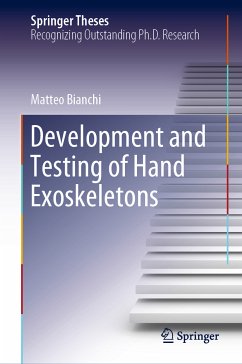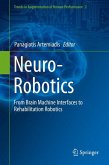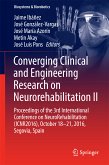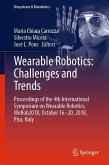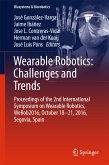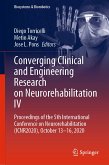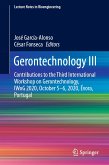This book describes the development of portable, wearable, and highly customizable hand exoskeletons to aid patients suffering from hand disabilities. It presents an original approach for the design of human hand motion assistance devices that relies on (i) an optimization-based kinematic scaling procedure, which guarantees a significant adaptability to the user's hands motion, and (ii) a topology optimization-based design methodology, which allowed the design of a lightweight, comfortable device with a high level of performance. The book covers the whole process of hand exoskeleton development, from establishing a new design strategy,to the construction and testing of hand exoskeleton prototypes, using additive manufacturing techniques. As such, it offers timely information to both researchers and engineers developing human motion assistance systems, especially wearable ones.
Dieser Download kann aus rechtlichen Gründen nur mit Rechnungsadresse in A, B, BG, CY, CZ, D, DK, EW, E, FIN, F, GR, HR, H, IRL, I, LT, L, LR, M, NL, PL, P, R, S, SLO, SK ausgeliefert werden.
Es gelten unsere Allgemeinen Geschäftsbedingungen: www.buecher.de/agb
Impressum
www.buecher.de ist ein Internetauftritt der buecher.de internetstores GmbH
Geschäftsführung: Monica Sawhney | Roland Kölbl | Günter Hilger
Sitz der Gesellschaft: Batheyer Straße 115 - 117, 58099 Hagen
Postanschrift: Bürgermeister-Wegele-Str. 12, 86167 Augsburg
Amtsgericht Hagen HRB 13257
Steuernummer: 321/5800/1497
USt-IdNr: DE450055826
Bitte wählen Sie Ihr Anliegen aus.
Rechnungen
Retourenschein anfordern
Bestellstatus
Storno

